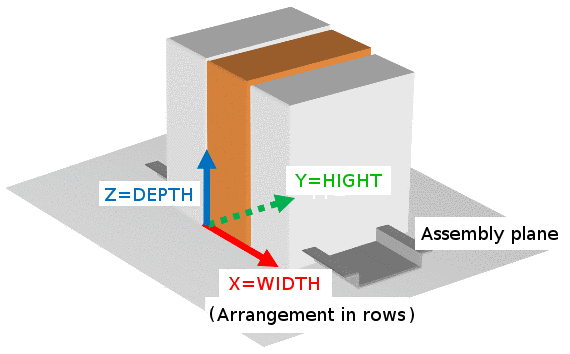Manual
Login
Our 3D CAD supplier models have been moved to 3Dfindit.com, the new visual search engine for 3D CAD, CAE & BIM models.
You can log in there with your existing account of this site.
The content remains free of charge.

Top Links
Manual
-
Classification according to eClass
For a successful export to Zuken, also a part classification according to eClass is required (minimum V9.0 or higher, best v10.0).
Furthermore classification according to CNS has to be performed. (See rest of document.)
-
Article number and GTIN have thematic aspects in common.
GTIN is also important and is currently provided by Phoenix and Weidmüller.
GTIN should be part of the table and then also would be part of MIDENT automatically.
-
Product coordinate system (excerpt from Guideline eCl@ss CAx Expert Group)
In ECAD the coordinate system forms an independent product coordinate system and is independent from the actual positioning of the product in the application space. All coordinate information is specified in this product coordinate system.
The origin of the product coordinate system is to be found on the standard assembly plane of the product. The standard assembly plane is a space-independent virtual plane to which the product is fastened in the normal operating position.
The standard assembly plane is placed on the X/Y plane, whereby the X direction is the direction of arrangement in rows.



![[Note]](/community/externals/manuals/%24%7Bb2b:MANUALPATH/images/note.png)

